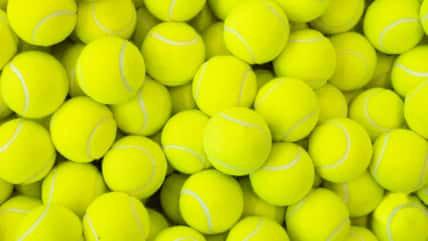Archaeologists Discovered The Remains Of A European Renaissance Alchemist’s Lab With Medicine Recipes Aimed To Treat Various Diseases

Archaeological remains from the 16th century have revealed some secrets about the activities that a European Renaissance alchemist conducted in his laboratory. Among the remains was a “mysterious metal.”
The remains were discovered during excavations between 1988 and 1990 at Uraniborg, the site of a former castle located on the island of Ven, Sweden. Historically, the island was under Danish rule.
The castle was once the residence of Danish astronomer Tycho Brahe, who lived from 1546 to 1601. He was also known for his interest in alchemy. His castle was built in 1580, and he equipped it with an alchemical laboratory.
After his death, a royal decree declared that Uraniborg must be demolished. Not much of the laboratory has survived except for five shards—four glass and one ceramic. In a recent study, researchers from Denmark analyzed the shards.
During the age of alchemy, alchemists, including Brahe, were reluctant to share their knowledge with others. As a result, very little is known about his lab practices.
A few of his alchemical recipes have survived, which indicates that Brahe was part of a group of alchemists who aimed to develop medicines to treat diseases such as syphilis, leprosy, and the plague. Other alchemists at the time were interested in figuring out ways to produce gold from less valuable minerals and metals.
“It may seem strange that Tycho Brahe was involved in both astronomy and alchemy, but when one understands his worldview, it makes sense,” said Poul Grinder-Hansen, a co-author of the study and a curator from the National Museum of Denmark. “He believed that there were obvious connections between the heavenly bodies, earthly substances, and the body’s organs.”
The authors of the study wanted to see if they could detect any traces of chemical substances from the shards, which were the original containers that Brahe used in his lab. They identified significant quantities of nine elements on the surfaces of the shards. The elements were copper, nickel, zinc, tin, gold, tungsten, mercury, lead, and antimony.
Copper, gold, mercury, and antimony were used in three of Brahe’s preserved recipes of medicinal treatments. The other five elements did not appear in the recipes. Possibly, they are residues from different experiments.

Ghima – stock.adobe.com – illustrative purposes only
It wasn’t surprising to have found significant amounts of elements such as gold and mercury. They were often used to treat a number of ailments among the elite members of society.
But according to Kaare Lund Rasmussen, an archaeometry expert at the Department of Physics, Chemistry, and Pharmacy at the University of Southern Denmark, the presence of tungsten was unexpected.
Tungsten was not officially described as an element until about 180 years after Brahe’s death. So, what had he been doing with it?
How did it end up in his lab? The researchers suggest that a mineral naturally containing tungsten must have been processed in Brahe’s lab. The tungsten was then isolated from the mineral without him realizing it.
Another explanation the researchers gave was that Brahe was aware of tungsten’s existence but knew it by a different name.
In the first half of the 1500s, a German mineralogist named Georgius Agricola noticed a strange substance in tin ore from the Saxony region. He called it “Wolfram,” which was later renamed “tungsten.”
The study was published in Heritage Science.
Sign up for Chip Chick’s newsletter and get stories like this delivered to your inbox.
More About:News





